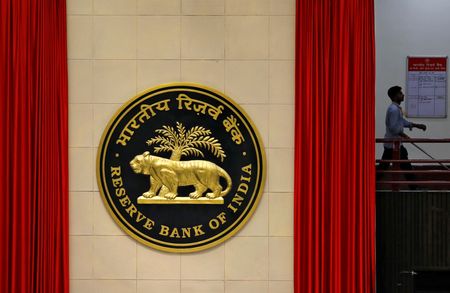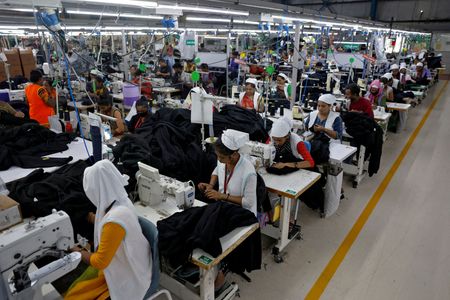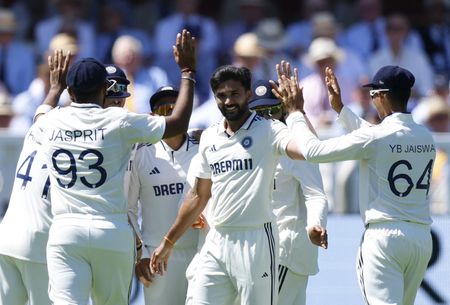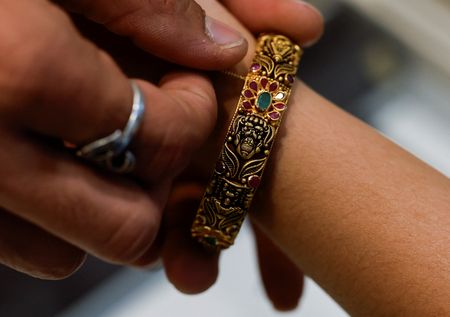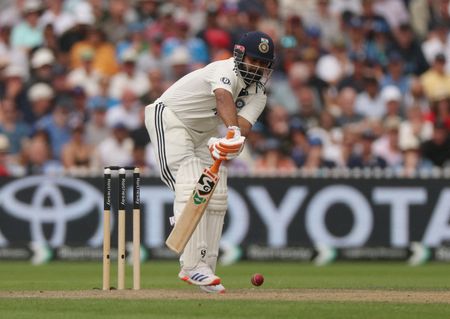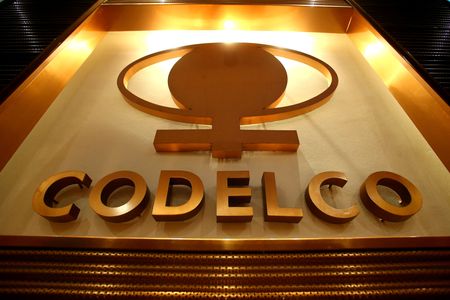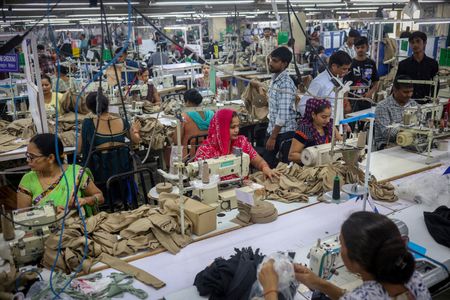By Siddhi Nayak
MUMBAI (Reuters) – The Reserve Bank of India’s (RBI) first interest rate cut in nearly five years will not be enough to spur loan growth since the tight liquidity conditions will prevent banks from passing on the benefits, three bankers said on Friday.
The RBI cut rates by 25 basis points to 6.25% and said it would be watchful and proactive with liquidity measures. The banking system’s liquidity has been in deficit since mid-December and hit a one-year high of over three trillion rupees ($34.31 billion) in January.
“A rate cut may not necessarily translate into significant credit offtake unless there is sufficient liquidity in the system,” said Pralay Mondal, CEO of private lender CSB Bank.
“It will take around 3-6 months to pass through to funding costs as deposit mobilisation pressures continue.”
Indian banks’ loan growth has moderated for six straight months through December as the liquidity constraints forced lenders to focus on boosting deposits, instead of issuing credit.
The lack of a cut in the cash reserve ratio — the proportion of deposits a bank has to keep with the RBI — also did nothing to ease the liquidity worries.
“The rate cut was ‘too little, too late’ to kick start the lull in credit growth and more easing of at least 50 bps would be needed in this fiscal year,” said a senior banker at a mid-sized private lender.
“Liquidity is the biggest problem,” the banker said, asking to be unnamed as he is not authorised to speak with the media.
Currently, just about 40% of banks’ loan rates are linked to an external benchmark like the repo rate, RBI Deputy Governor Swaminathan Janakiraman said at the post-policy conference. This stood at 59.4% as of end-September, RBI data showed.
While the pass-through to loan rates should happen immediately, analysts expect banks’ net interest margins to take a marginal hit in the short term since deposit repricing comes with a lag.
“We believe with unsecured loans expected to pick up and possibly a shallow rate cut cycle, margins could compress by 10-15 bps,” Macquarie analyst Suresh Ganapathy said.
($1 = 87.4340 Indian rupees)
(Reporting by Siddhi Nayak; Editing by Savio D’Souza)

